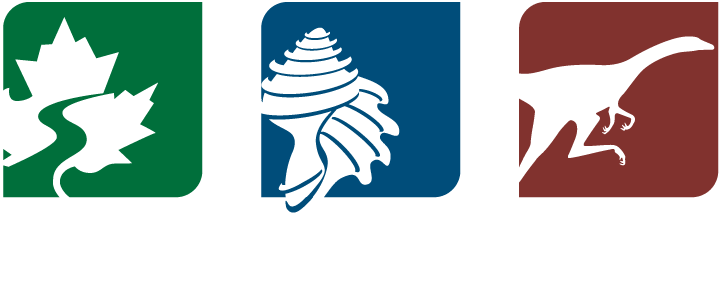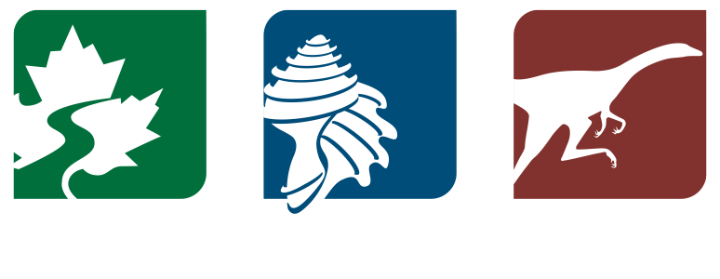This page contains links to videos, data, and additional content related to the Cayuga Nature Center and the natural history of Central New York. Also try the search bar in the upper right corner each page, which searches all of PRI’s website domains.
HABs: Harmful Algal Blooms
Explore our online exhibit about harmful algal blooms, including in the Finger Lakes region of New York State and in Lake Victoria, Kenya.
Seasonal changes in forest life
Learn about the study of seasonal changes in plant and animal life, through watching for budding and other life cycle stages in trees at the Cayuga Nature Center.
My Phenology Diary Part 1 (with Trees Awake! videos 1 to 4)
My Phenology Diary Part 2 (with Trees Awake! videos 5 to 9)
Trees Awake! Exploring Phenology PRI YouTube playlist
What’s in Bloom in Smith Woods? (Katie Bagnall-Newman, May 20, 2020)
Animal Ambassadors
Learn all about animals of the forests of the Northeastern US as Cayuga Nature Center staff talk about animals from the CNC live animal collection
Climate and weather at the Cayuga Nature Center
Sugar Maples and Climate Change: Learn about climate change will affect the distribution and health of maple trees.
Citizen Science and Tracking Climate in Your Backyard: Help collect data on weather and phenology, and find resources for involving students in monitoring weather and climate with the Tracking Climate in Your Backyard curriculum.
Climate Change in Central New York: Learn about climate change data and projects for Central New York State.
Environmental Data: Learn about the kinds of environmental data being collected at the Cayuga Nature Center and Museum of the Earth.
Critical Zone Science: Learn about the interconnections among all the layers from groundwater up to the tops of the canopies.
Weather Ready Nation: PRI is a Weather-Ready Nation Ambassador for the National Weather Service. Find out more the hazards of extreme weather
Biodiversity in the Cayuga Lake Bioregion
Bioblitz species lists. This page summarizes the species found in PRI’s quarterly bioblitzes, which are 24-hour intervals of species identification carried out anyone using iNaturalist in Central New York State during the 24-hour interval; the Cayuga Nature Center and Smith Woods are a focal point
Further information about PRI education resources
To see a summary of PRI education resources and programs, visit “Overview” under the “Learn and Teach” at the “Paleontological Research Institution” (priweb.org) portion of the website.
You can also search across all PRI’s websites using the search bar in the upper right corner of each page.


